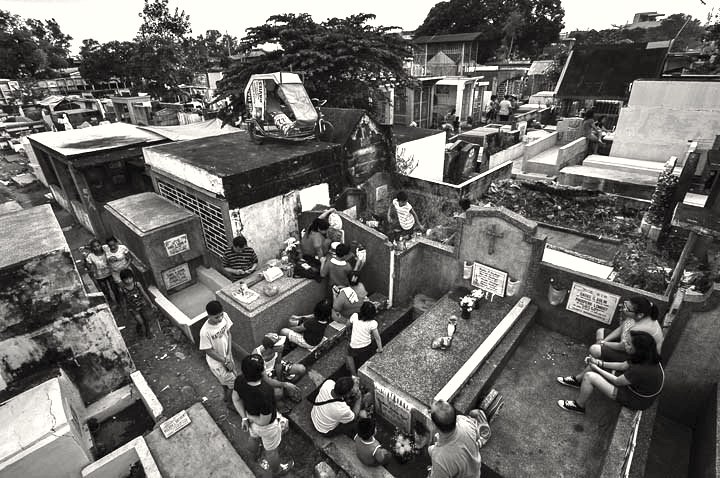Traversing Urban Deathscapes
A research project exploring death and spatial justice in cities, written in the form of a fictional interview series.
A research project exploring death and spatial justice in cities, written in the form of a fictional interview series.
In “The Seance Sessions” a recently deceased soul seeks enlightenment regarding what will happen to their body after death, by interviewing spirits of the dead from cities around the world. Through the journey, the lost soul understands more about inequities of the living and comes to question the values they held dear during life, ultimately laying to rest in a mass grave on Hart Island in New York.
Research Context

Speaking meaningfully about death is taboo in American society and may feel especially morbid in the context of the COVID-19 pandemic, when this project was created. However, social inequalities and spatial injustice are exacerbated by the death and funerary industry. Dying is incredibly expensive in many cities around the world, and furthermore, we are running out of space for the dead.
What do funerary practices show about the values of different societies and cultures?
How might studying urban deathscapes reveal the relationship between density & poverty?
Insights were gathered through real-life interviews about death-related practices across a number of cultures along with secondary research that explored how densely populated cities around the world are negotiating the problem of space, while also accommodating traditional mourning rituals.
What do funerary practices show about the values of different societies and cultures?
How might studying urban deathscapes reveal the relationship between density & poverty?
Insights were gathered through real-life interviews about death-related practices across a number of cultures along with secondary research that explored how densely populated cities around the world are negotiating the problem of space, while also accommodating traditional mourning rituals.

Story Analysis





The story begins by examining death through a spatial justice lens, but more philosophical and spiritual themes emerge as it progresses. The interviewer gains more perspective on what it really means to die, from the banal logistical concerns to the more emotional and psychological as they wander the globe.
In particular, the vignette taking place in Guangzhou is concerned with the fact that adaptations have been made to traditional Chinese beliefs and rituals, and the transformations are ongoing. With advances in technology and intensified competition for urban space and resources, the question of what to do with the dead is not a priority for the state, even if that sacrifice risks time-honored traditions. There’s an underlying tension here - of course, the living deserve justice in urban space - that’s a far more urgent discussion. But how do we account for what is lost amidst these shifting socio-cultural priorities?
The story in Varanasi ventures more poetically into the concept of death as spatial transcendence and that of memory. It is set in a religious context in which the dead are cremated and sent off into the next life (or ideally, moksha - escape from the cycle of life and death.) Both of these vignettes tackle themes of memory / commemoration of the dead, in particular suggesting that the “site” of the dead (and the fate of the dead) ultimately lies within the living.
This narrative thread leads into the themes of the final vignette, which ends in Hart Island, New York. There, a public cemetery for bodies of the poor, the homeless, and the unclaimed, has existed for over a century. I believe this is the most important part of the story, because it raises questions about what it means to be part of the commons in death.
In particular, the vignette taking place in Guangzhou is concerned with the fact that adaptations have been made to traditional Chinese beliefs and rituals, and the transformations are ongoing. With advances in technology and intensified competition for urban space and resources, the question of what to do with the dead is not a priority for the state, even if that sacrifice risks time-honored traditions. There’s an underlying tension here - of course, the living deserve justice in urban space - that’s a far more urgent discussion. But how do we account for what is lost amidst these shifting socio-cultural priorities?
The story in Varanasi ventures more poetically into the concept of death as spatial transcendence and that of memory. It is set in a religious context in which the dead are cremated and sent off into the next life (or ideally, moksha - escape from the cycle of life and death.) Both of these vignettes tackle themes of memory / commemoration of the dead, in particular suggesting that the “site” of the dead (and the fate of the dead) ultimately lies within the living.
This narrative thread leads into the themes of the final vignette, which ends in Hart Island, New York. There, a public cemetery for bodies of the poor, the homeless, and the unclaimed, has existed for over a century. I believe this is the most important part of the story, because it raises questions about what it means to be part of the commons in death.
How might we reframe a death in common not as a tragedy, but as a chance to create sites of collective memory, as the Hart Island Project has done?
︎︎︎ Return to Project Overview